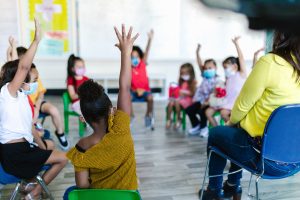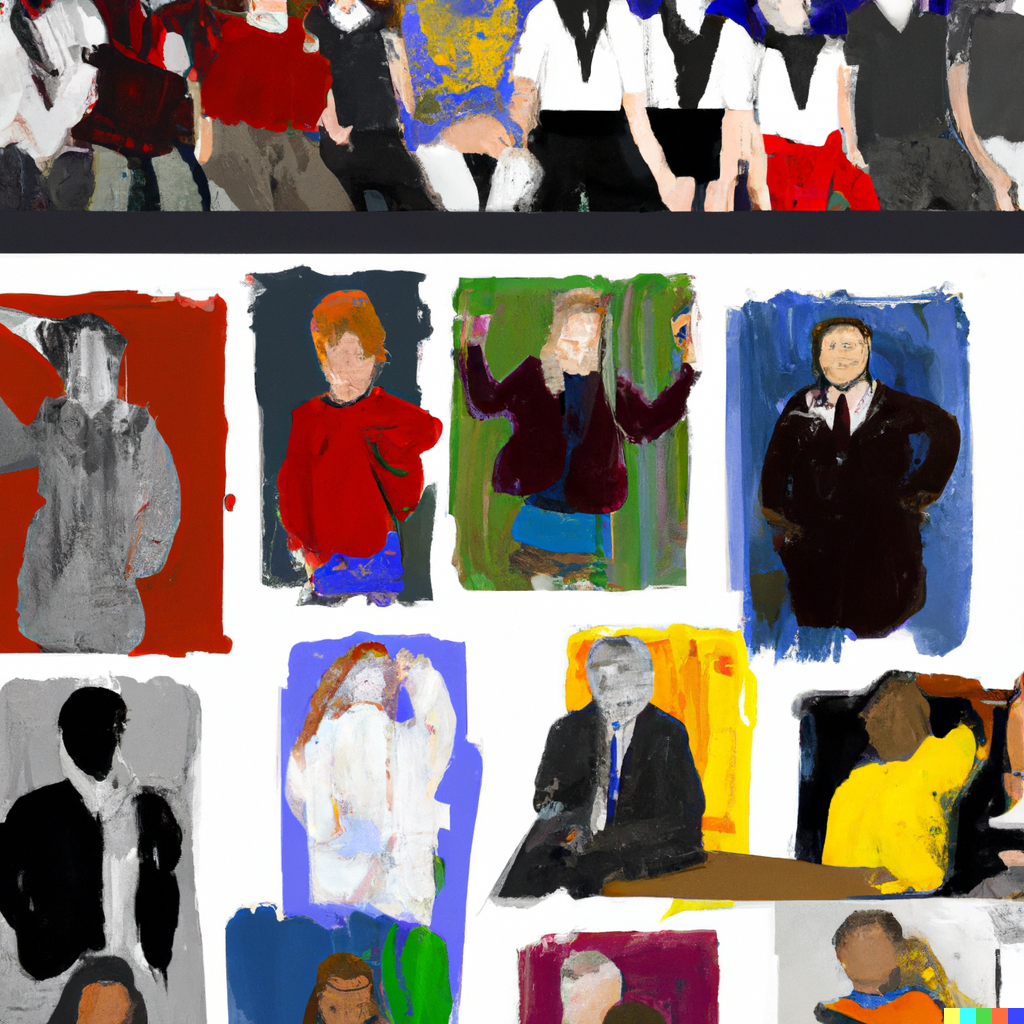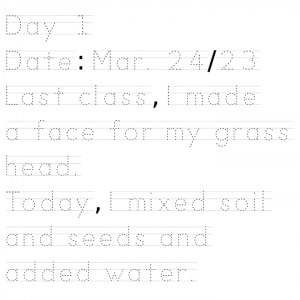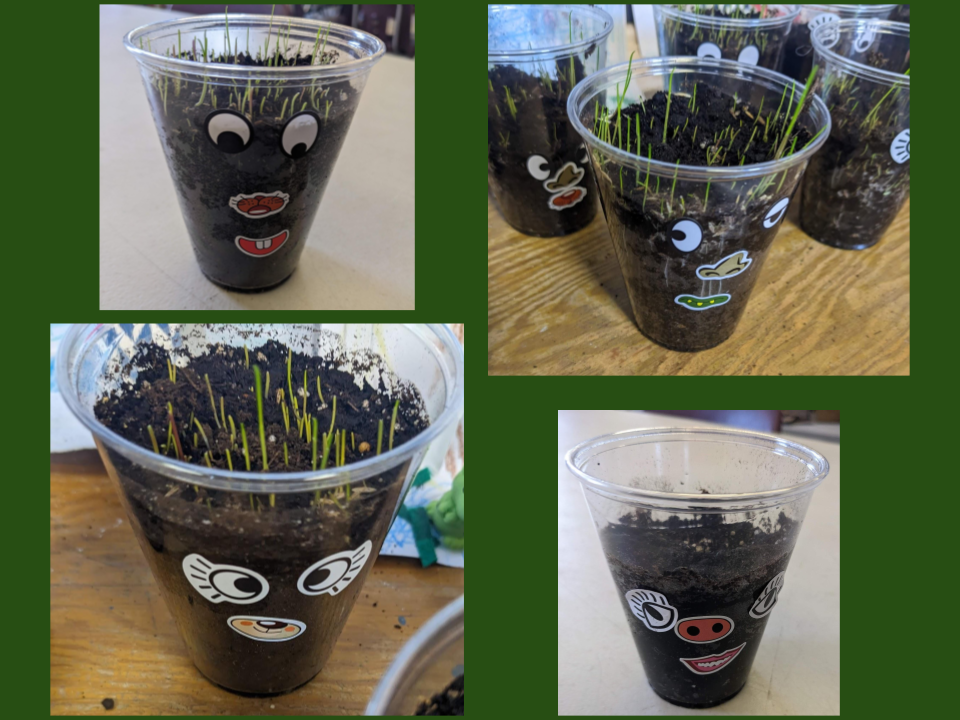Recently, I had enough energy at the end of a work week to do something unusually out of character when it comes to my free time. What was it you ask? Nothing. I did nothing school related for an entire 48 hours. Well it was almost 48 hours, but who’s counting? What counts, is that it happened over that magical weekend of the school year when report cards are completed and next term planning, assessment, and fretting were up to date.
The ability to experience this “blue moon”occurrence was directly due to this cosmically-convergent educational allignment and allowed for some spontaneously spirited adventure. Energized, caffeinated, and curious I went to an antiques and collectibles store to browse their wares knowing there was nothing pressing in the backburners of my mind. I was free to roam.
Full disclosure
I struggle with shopping and wandering through retail spaces without a specific purpose, most of the time, my visits are only out of necessity and not as a way to wile away the hours. On this particular day however, before I could keep on strolling past the entrance doors, I was on the top floor. With my spouse and son leading the way, it became very apparent that I was in for a treat.
Back to my story
This place had everything from china plates, old Tupperware, vintage clothing, vinyl records, VHS tapes, jewelry, and books crammed throughout its four floors. In fact, there were so many other items that another visit is definitely in the cards the next time the stars allign. It was as if collectors of odd memorabilia and retro housewares throughout time had converged in one space. (I’ll come back to this idea. Please read on.)
The 2 plus hours we spent pacing the aisles of this place came with all of the kitchy over-stimulation that accompany musty books, retro clothing, milk crates brimming with albums, and constant trips down memory lane from the relentless onslaught triggering my fond and fading memories. Given my unusually relaxed state of mind, I also found myself taking inventory of my life when it came to things that were held dear and things that have been allowed to disappear unless dug out through deep sensory recollection.
Cue the thoughts about being in the classroom
Now I have not spent two hours in one indoor space, other than work or home, voluntarily since COVID 19 broke out. So this day was very different from most in the past 3 plus years. As I wandered the store, I started to ask myself what needed to be thrown out, gifted to someone, or recycled in my teaching space? Maybe it was seeing all of these items occupying space throughout the store that created this thought ripple?
I know that it is easy to accumulate resources in this profession and I have gathered and then lugged my share of boxes from class to class and school to school, but recently I find myself taking a different approach to my, let’s say, hoarding nature by going through each resource and deciding whether it is time to keep it, gift it, or toss it. My goal here is to reduce the clutter that might be getting in the way of new ideas and resources coming into my classroom. If I am only holding on to the same ones because they are comfortable and known, I might not be doing any favours for my students.
Just like that antiques and collectibles shop revealed that day, there are somethings worth hanging onto because of their value. This could be a tried and true unit plan or favourite resource that is used on regular rotation throughout your career. In other cases, it might be a dust collector that never took off. As we seem to be shifting away from text books, and in response to changing curricula, it is probably best that teachers take inventory of what they have been carrying around in the hopes that someday it might be useable in the classroom.
Other than Math manipulatives, art supplies, and novels, I have learned that everything in my classroom should only be a temporary fixture that can be replaced or retired when it comes to instructional resources. If reading that makes you uncomfortable, that’s okay. I am not talking about wasteful consumption along the lines of fast fashion, but my thinking is that we can become stuck in the safe and familiar. It is in our nature to stick to our favourites at the risk of missing out on something unknown, possibly more relevant, without realizing it.
I had a Fables unit for Gr 4 that I wrote about 12 years ago. It was beautiful, comprehensive, so descriptive, and complete. It was a show piece sitting in its binder and although I worked hard on that unit, I never used it again. As I was going through my resources, I opened it up again only to realize that this work would be counter-intuitive for me to share with my students. The fact that it was laden with worksheets to copy and lacklustre lesson activities made me realize the amount of changes that have occurred in my own pedagogy. I pulled the pages out of the binder and blue binned them back to the recycler in the hopes that something better will be printed on them next time. It was hard to accept that most of that work was no longer relevant, but it was an important reminder about how we have to shake off the love/bias we have for our own ideas in order to get better. In other words, leave the antiques and collectibles behind sometimes.
I have held the walls of that box up even while outside forces were trying to pull them down for me to try something new. As teachers we develop a sense of what will and won’t work through our experience(s), what walking through this shop made me realize was that what worked from the past is not guaranteed to work in the future. We are using resources and methods that were used to teach us when we were students in grade school. Sure we have tech and access to every truth and lie via the internet, but that should not preclude us from taking stock of what we use on a regular basis or to boldly seek how to change it all up on a regular basis.
Thank you for reading. Please share and leave a comment if you would like to continue the conversation.








